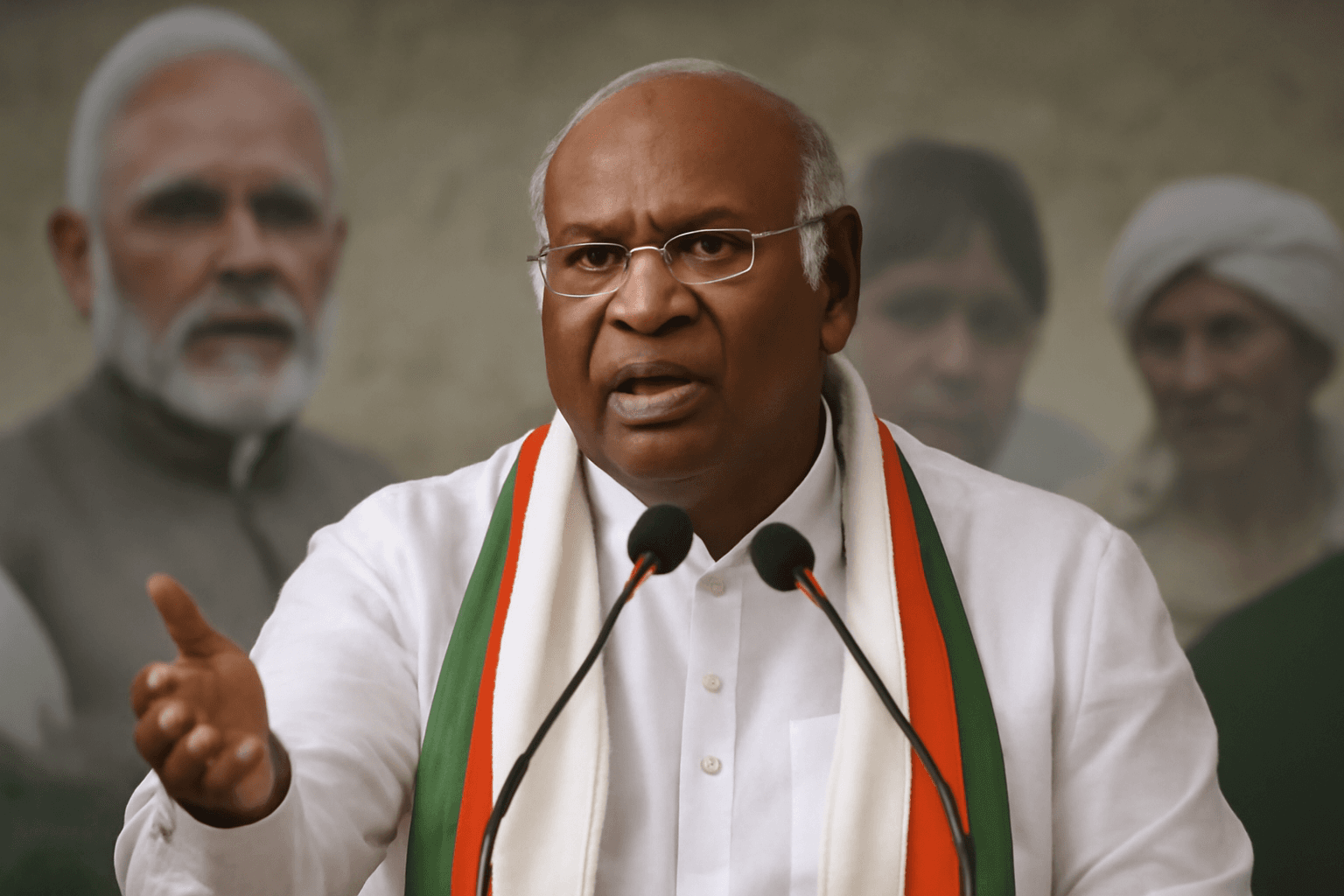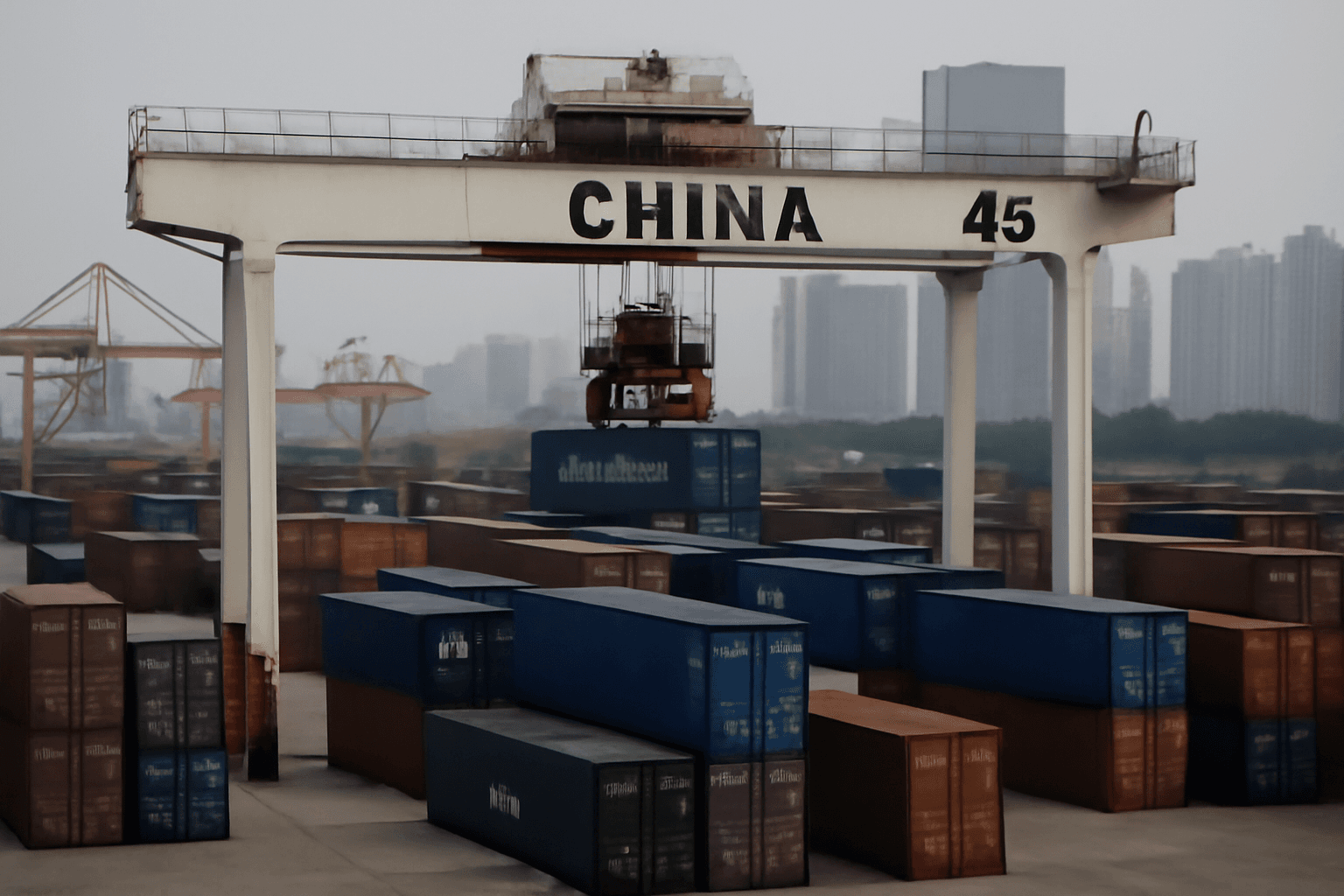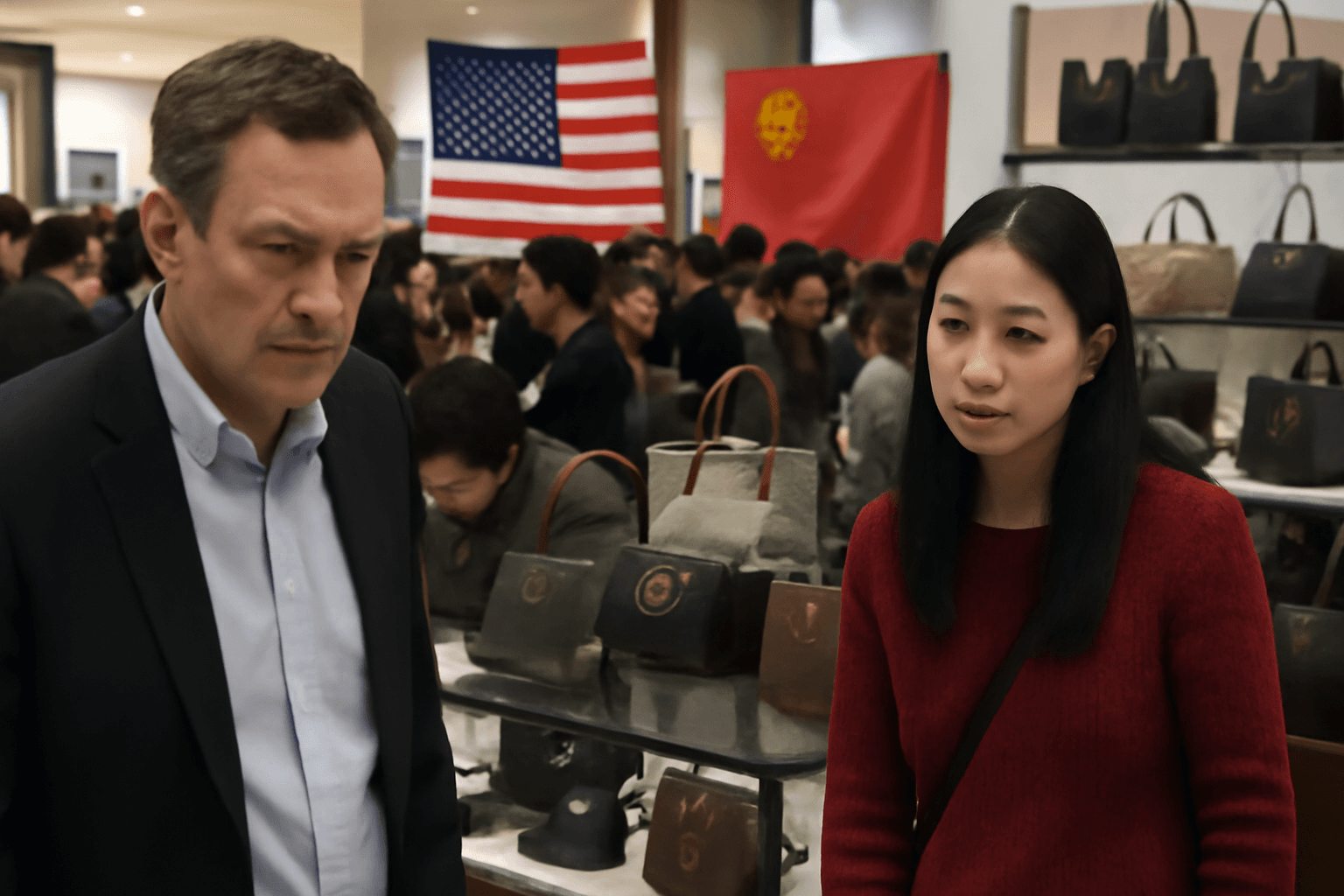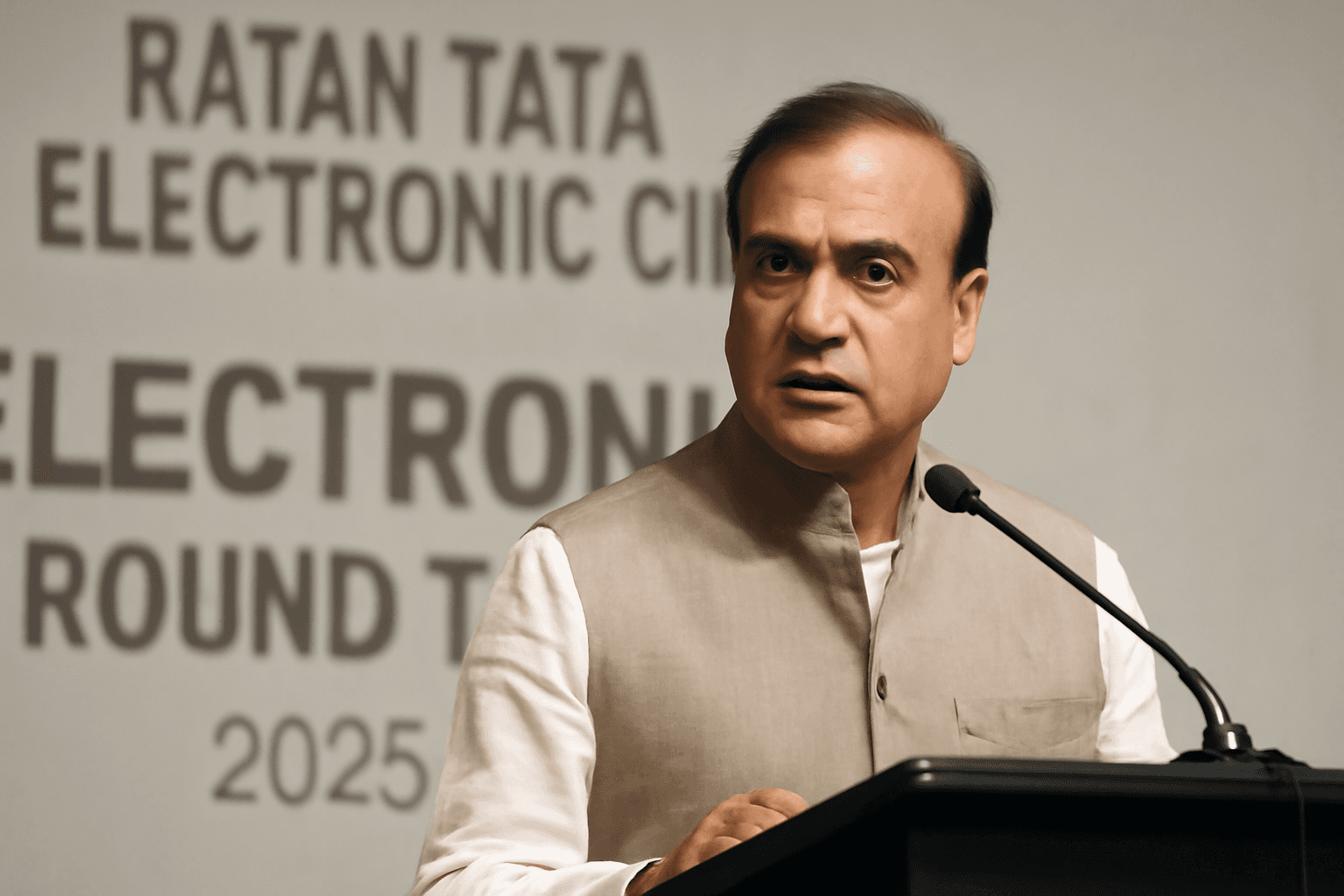Singapore’s Workers Face Growing Financial Strain despite High Incomes
In a surprising revelation from a 2025 ADP Research survey, 60% of workers in Singapore reported living paycheck to paycheck in 2024. This figure starkly contrasts with neighboring countries such as China, South Korea, Japan, and Indonesia, and exceeds the Asia-Pacific regional average of 48%. Once celebrated for its culture of financial prudence and robust savings, Singapore now confronts a challenging reality as the cost of living soars and social priorities evolve.
The Human Cost: Balancing Life and Financial Pressures
Jovan Yeo, a 32-year-old digital banking professional, embodies the dilemma faced by many Singaporeans today. “By the end of the month, my paycheck goes entirely to credit bills, supporting my parents, insurance, and investments,” he explains. “After that, there’s barely anything left to save.” Yet despite the tight budget, Yeo emphasizes the importance of living fully: "I can save if I don't go out, but I want to have a life and experience life too!"
This lifestyle shift reflects a broader societal trend where experience-oriented spending such as dining out, travel, and fitness takes precedence over traditional saving habits. The rise in costs combined with changing values is reshaping the financial landscape of Singapore’s workforce.
Economic and Structural Factors Driving the Cost Pressures
Economist Brian Lee of Maybank Research points to structural issues underpinning the financial squeeze. Despite inflation cooling to a four-year low recently, Singapore’s cost of living remains among the highest globally. Limited land supply, high housing prices, expensive car ownership due to the Certificate of Entitlement (COE) system, and reliance on imported goods all contribute to these persistent expenses.
- Singapore ranked 5th globally on the Cost of Living Index in mid-2025, and 1st in Asia-Pacific, with an 11% year-over-year increase.
- Real median employment income declined by an average of 0.4% per year from 2019 to 2024, reversing previous growth trends.
- Resale public housing prices surged faster than wages, putting additional pressure on middle-income families.
These factors result in shrinking purchasing power, making it increasingly difficult for workers to build savings, especially in a city famed for its affluence.
“100% Spenders”: A Culture of Instant Gratification and Debt
Joshua Lim, a wealth manager at PhillipCapital, highlights a cultural shift where aspirational spending and lifestyle signaling have intensified, particularly among middle-income earners who constitute the bulk of his clients. Luxury cars and brands are highly coveted despite the exorbitant costs, amplified by government policies like the COE that inflates vehicle prices.
Compounding this trend is the growth of buy now, pay later (BNPL) schemes, making it easier for consumers to spend beyond their means. According to Singapore’s central bank, BNPL transactions surged nearly 50% between 2020 and 2024, with projections indicating further growth.
Lim frames this as evidence of an emerging “debt society,” where the allure of instant gratification overshadows long-term financial planning—a marked departure from the frugal values of previous generations.
Generational Perspectives and Changing Priorities
Personal finance educator He Ruiming notes younger Singaporeans grew up immersed in marketing and social media, intensifying comparisons and consumption urges. Joyce Ang, a 34-year-old, acknowledges a different mindset from her parents. “I don’t feel the same pressure to save because I live with my parents and haven’t started a family,” she shared. “Back then, saving was about securing a future for children, but not everyone today has those priorities.”
Moreover, a mandatory allocation from salaries to the Central Provident Fund (CPF) ensures a basic safety net for housing, healthcare, and retirement, but limits immediate access to take-home pay—another factor shaping spending and saving behaviors.
What This Means for Singapore’s Future
The convergence of high living costs, evolving social values, and financial products encouraging immediate spending has reshaped how Singaporeans manage money. As economic pressures mount, the long-standing image of Singapore as a bastion of savings and financial stability faces serious challenges.
Policymakers and financial educators must heed these emerging patterns. While some degree of lifestyle evolution is natural, the risk of widespread indebtedness and insufficient retirement savings encourages urgent dialogue on financial literacy, affordable housing, and sustainable economic policies.
Editor’s Note
Singapore’s high-income prosperity masks a growing undercurrent of financial vulnerability experienced by a majority of its workforce. This phenomenon raises pressing questions: How can a city known for fiscal discipline address the social and economic forces compelling workers to live from paycheck to paycheck? What balance should be struck between enjoying life now and securing financial futures? As costs continue to rise and cultural attitudes shift, Singapore’s experience offers a crucial case study on the complexities of modern financial wellbeing in high-cost urban environments.












